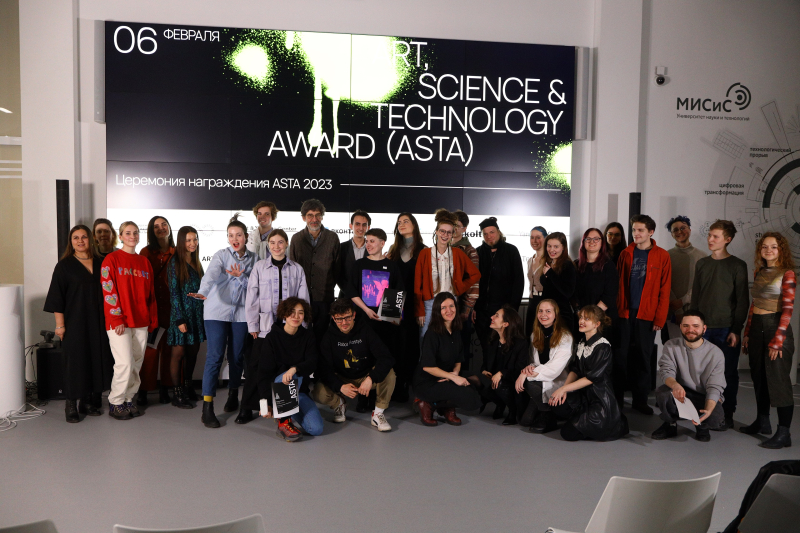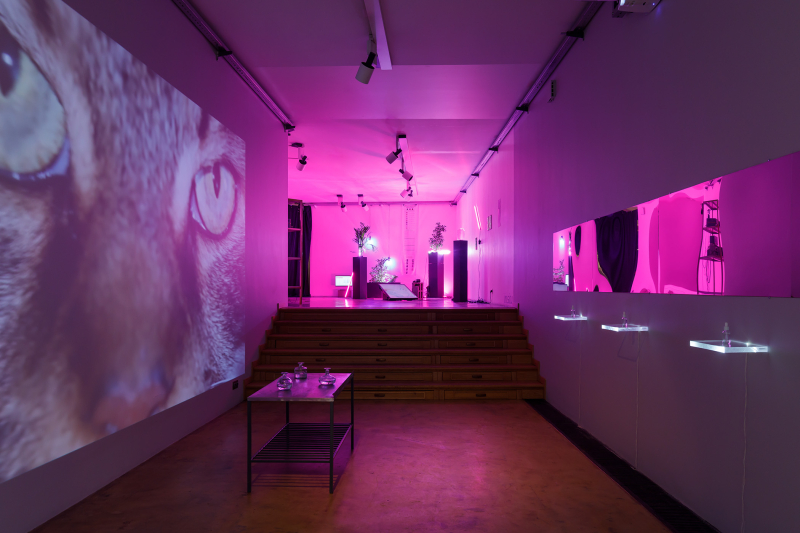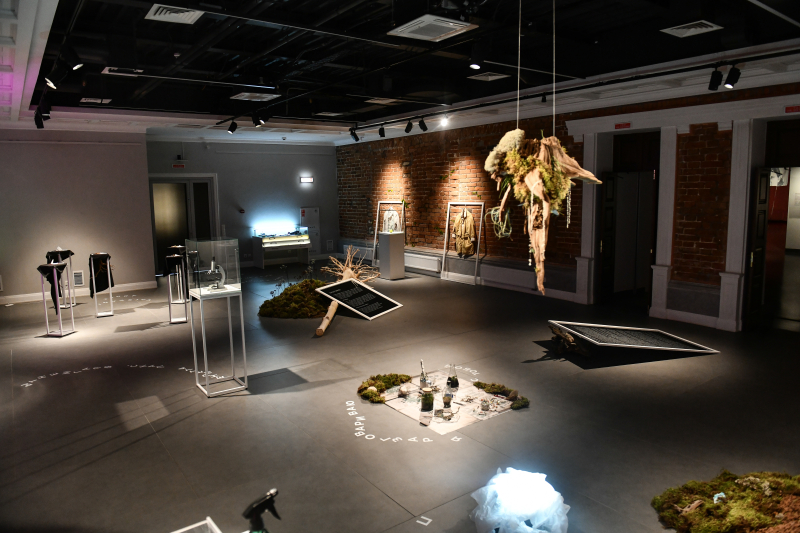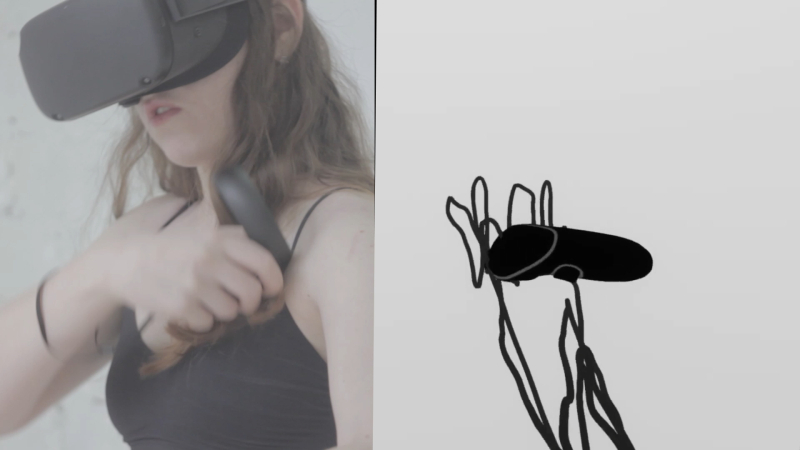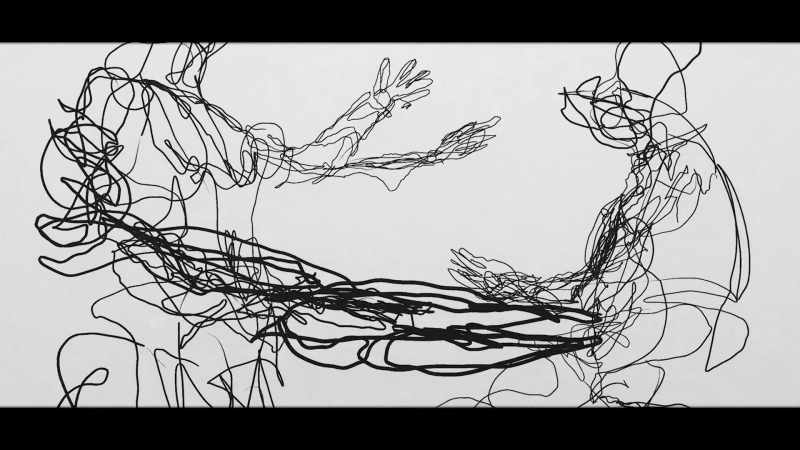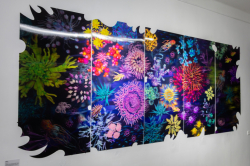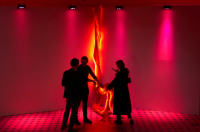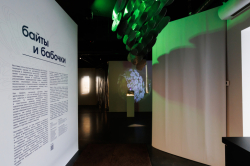What is ASTA?
ASTA (Art, Science & Technology Award) is organized by the team behind the Geek Picnic festival in collaboration with ITMO’s Art & Science Center. The competition is also supported by Yandex and VK in collaboration with the universities MISiS and Skoltech.
ASTA’s main goal is to support young artists who combine arts and technology in their work and thus help to develop and popularize this new art form in Russia:
“I find it curious that contemporary science art turned out to be popular not just among the members of the professional community, but also with our business partners and research institutions. We consider it to be yet another indication that nowadays interdisciplinary collaboration is integral to cultural development,” shares Khristina Ots, the award’s curator and a manager at ITMO’s Art & Science Center.
Khristina Ots. Credit: ITMO.NEWS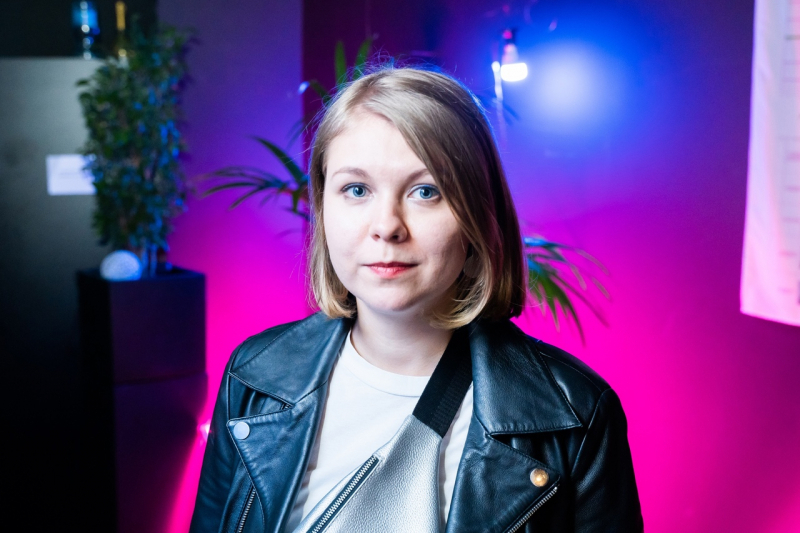
How were the winners chosen?
The award had seven categories, each with its own panel of experts. Among them are leading Russian figures in the field of art, science & technology, such as: Ippolit Markelov, the founder of the art group “18 Apples”; Egor Kraft, a multimedia artist; Dmitry Bulatov, an art theorist; Olga Vad, a curator; Alexei Shulgin, a pioneer of Russian new media art; Natalia Fuchs, an art historian and curator; Elena Demi-dova, a multimedia performance artist; and ::vtol::, a multimedia artist.
The spectators could also take part in judging the contest by voting for their favorite projects via the official ASTA VK page. Additionally, Yandex and Masters Digital Gallery, the award’s partners, also got to pick their favorites from among the contestants.
The artworks were not evaluated by their originality or complexity, but by their relevance and the success of their attempts to explore complex themes. As pointed out by Marina Smirnova, the award’s executive producer, science art is not about simply making a statement, but rather attempting to reflect on and make sense of the present while predicting the future:
“Indeed, every project brings up valuable themes and questions. For example: appropriation of someone else’s pain, existence within virtual reality, or information overload. Each art piece is a unique look on something that usually seems mundane,” comments Ms. Smirnova.
Artificial Intelligence
This category included works that feature neural networks and machine learning algorithms as the primary artistic tool. According to the organizers, this category proved to be the second most popular after New Media Art. However, it is the first in terms of the number of winners.
The top prize went to a zine by Polina Chernysheva, a student of the Rodchenko Moscow School of Photography and Multimedia. The publication is a tongue-in-cheek compilation of life advice from an AI. The author describes her project as a “way to seek counsel when humans have no answers for you.” For instance, when asked how to achieve peace, the AI advises readers to pay as many taxes as everyone else. When asked how to come to terms with death, it replies that “living is hard work.” And since the neural network (GPT-J in this case) was trained on a data set of culinary recipes, its answers follow a similar style.
It's Simple by Polina Chernysheva. Photo courtesy of the event team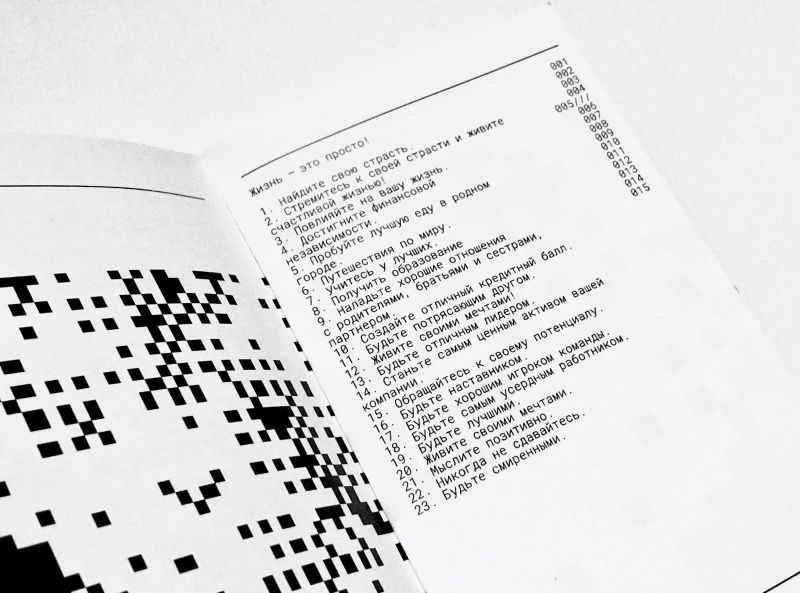
The artist received two prizes: a year of curatorial support from the ARTYPICAL platform and a grant from Yandex to be used in developing new machine learning and data analysis models within the Yandex DataSphere cloud service.
Yandex also acknowledged another duo of artists, Arina Lir and Anna Klay, by giving them the same grant. The authors, who are graduates of the Technological Art Master’s program at MISiS, presented a project that involved an AI generating a series of landscape paintings based on the artists’ descriptions of their first impressions of Vladivostok.
New View by Arina Lir and Anna Klay. Photo courtesy of the event team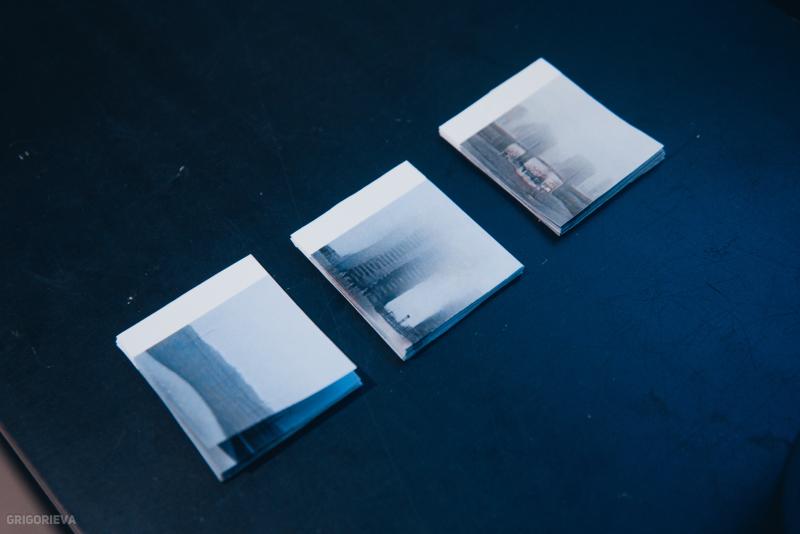
One of the jury members, the multimedia artist Egor Kraft, singled out Dasha Azbil and Lena Buzueva’s project Into the Wilds. The authors used a neural network to recreate the sounds of extinct bird species. The artwork was created as part of the Biostation residence at the Pavlov Institute of Physiology. The artists were invited by Egor Kraft to take part in a number of his workshops at the University of Art and Design Linz in Austria.
Into the Wilds by Dasha Azbil and Lena Buzueva. Photo courtesy of the event team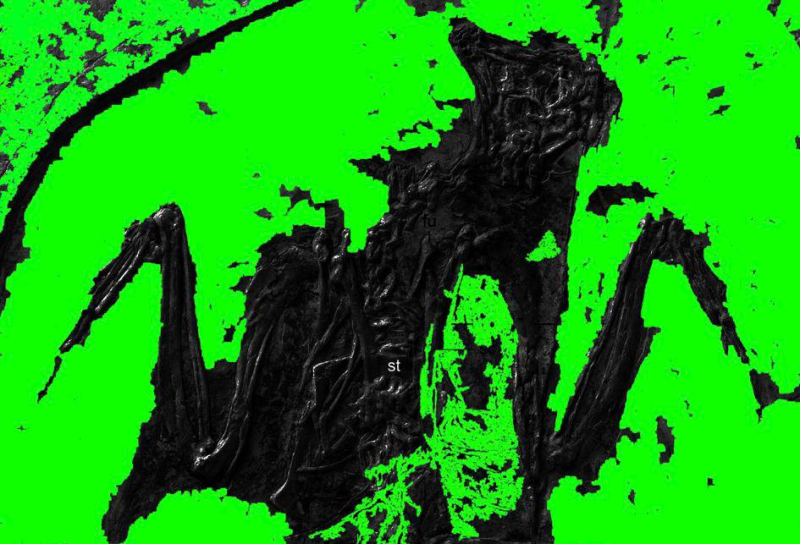
Neurotechnological Art
This category included works that utilize brain–computer interfaces (devices that can interpret brain signals) and visualize precise scientific data by turning it into art.
The jury gave the top prize to a performance by Ivan Zaslavets, a student of ITMO’s Art & Science Master’s program. The performance Laboratory of Pain, or What Ovid Leads To is based on research by the Human Brain Institute of the Russian Academy of Sciences and the Laboratory of Psychophysiology of Performing Arts at the Russian State Institute of Performing Arts. The scientists studied the emotional state of actors on stage. This performance recreates the study but with actors reading anonymous letters by the collaborative project Laboratory of Pain.
As a reward, the project’s author was offered an opportunity to work on an art project at Skoltech with support from the scientists of the Center For Neurobiology and Brain Restoration.
Laboratory of Pain, or What Ovid Leads To by Ivan Zaslavets. Photo courtesy of the event team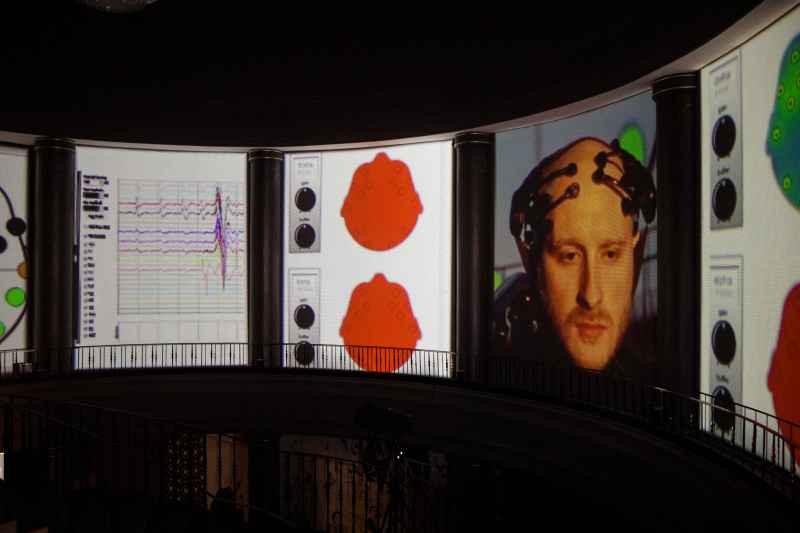
BioArt
This category focused on uses of the natural sciences (biology, biotechnology, physics, and chemistry) in art. Once again, there were multiple winners.
The top prize was awarded to Sofia Barinova-Osbanova, a graduate of ITMO’s Master’s program Arts & Science, for her installation I Am Different, which also served as her thesis and was showcased at the Marina Gisich Gallery as part of the Paranature Institute exhibition in January last year. The author will receive a grant from the Art & Science Center’s BioArt Lab.
Another BioArt project that captured the attention of the curators was State of Being Alive, which went on to win in the audience vote. This installation by Ekaterinburg artists Danil Mayevsky and Arina Vorobyova included 11 objects. At the installation’s center were cultured cells of Henrietta Lacks, an African-American woman who died from cancer in 1951 but whose cells still serve as a source of invaluable medical data. According to the authors, this object is meant to invoke the theme of immortality (can Henrietta Lacks be considered alive if her cells continue to live?) and explore humanity in the post-Anthropocene context. This project will be covered in detail in a future piece by DEL’ARTE Magazine.
Robotics Art
This category focused on utilizing robots (or, as the artists call them, robotic agents) and automated technologies as a basis of artistic expression. Additionally, it includes works that try to interpret the various forms of human-robot interaction.
As it happens, the top project explores these interactions. And not just the human-robot ones, but also the interaction of humans with outer space via robotic assistance. Anatoly Kuchin and Anna Pryakhina created the MODIS-TD mechanism, which takes daily ocean surface temperature data by NASA and then uses algorithms to transform them into sounds and pixel art.
As a reward, the artists will get an opportunity to work in ITMO’s robotics art workshop and to collaborate with the students and staff of the Faculty of Control Systems and Robotics on a future project.
MODIS-TD by Anatoly Kuchin and Anna Pryakhina. Photo courtesy of the event team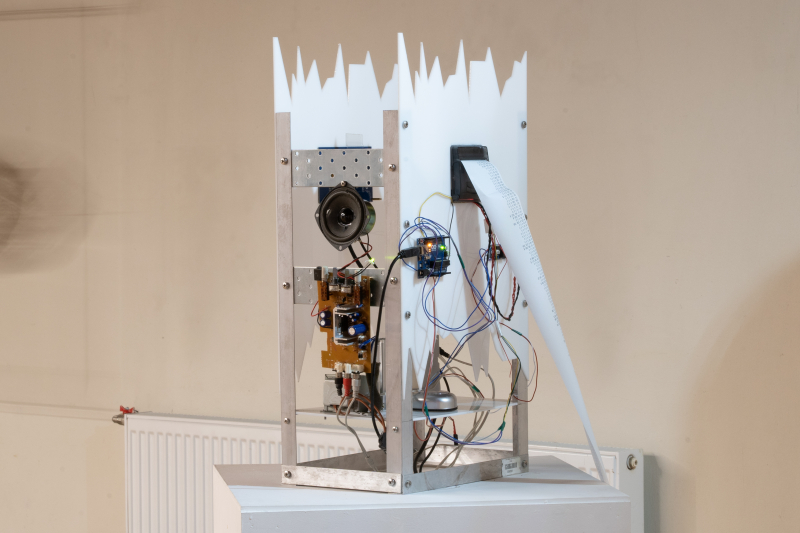
New Media Art
The category New Media Art included everything that was made using CG, digital, and multimedia tools. This category proved to be the most popular, garnering the most submissions. Danila Logvinenko, a student of the Art & Science Master’s program, took the top prize with his installation AcCord. It is devoted to hearing-impaired people – the artist offers synesthesia (a neurological phenomenon in which stimulation of one sensory organ is felt in another) as a possible solution. The installation transforms sounds into vibrations and dynamic lighting. The author uses the visual of the womb to invoke prenatal experiences in the audience, as the embryo is also incapable of hearing but can perceive the environment via pulses and vibrations.
This artwork took part in the annual exhibition of thesis projects STAGE 2022. The artist will be rewarded with a solo exhibition at the Yandex Museum.
AcCord by Danila Logvinenko. Photo courtesy of the event team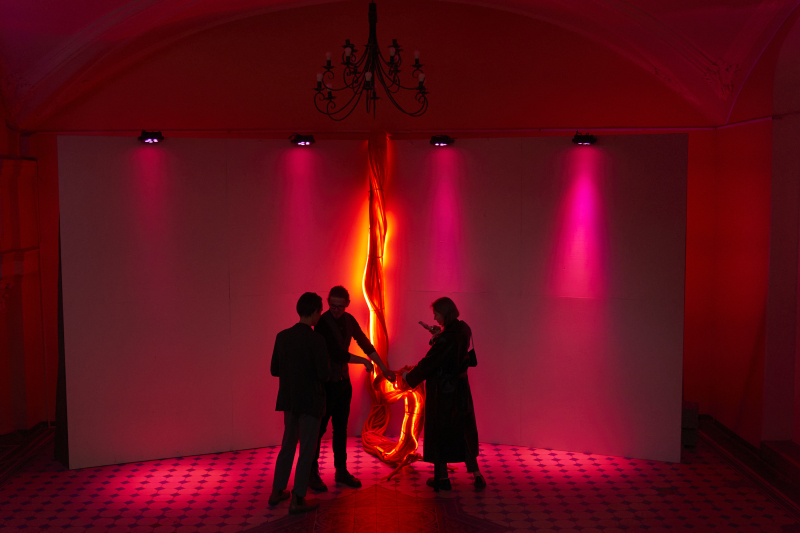
Performance Art
While performances have become synonymous with contemporary art, they did not incorporate modern multimedia, digital, sound, and robotics technology until fairly recently. Hence, this field still has a lot of room for trying out new things.
For example, noise musician and artist Kamilya Yusupova (Kami Usu), a graduate of the Technological Art Master’s program at MISiS, turned to the Soviet practice of making bootleg vinyls (known as “ribs” or “bones”) from X-ray films. Such records could only be played about eight times before becoming too damaged for further use. To solve this, the artist used photoconductive properties of the film to get musical information by shining a light through the material. Thus, the sound is literally made from light.
As a reward, the artist was invited to join the PolArt residence of the Norilsk Museum. There, she will have an opportunity to create a science art project dedicated to exploring the unique context of Norilsk.
X-ray Sound of Bones by Kami Usu. Photo courtesy of the event team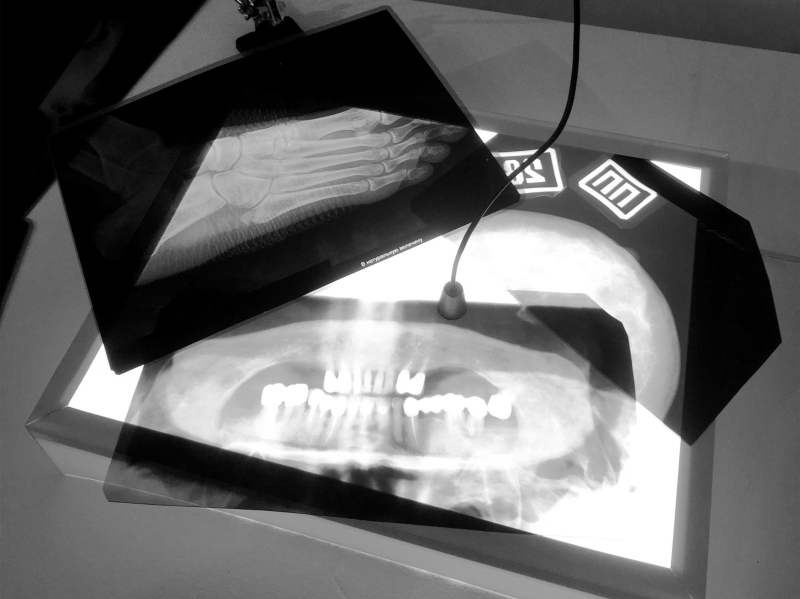
VR / AR
This category included works made using virtual or augmented reality technology. Nadezhda Bey, a graduate of the Art & Science Master’s program, received the top prize. Her project, called Corpoirreality, is simultaneously a performance and a solo VR-experience: the author creates a digital imprint of an audience member in the virtual space, with viewers then able to use VR to interact with other people’s imprints. The artist explains that her artwork explores the fluidity of physical bodies in a digital world and how the virtual attempts to absorb the physical.
Nadezhda Bey’s project will be hosted on the Masters Digital Gallery online platform and turned into an NFT.
